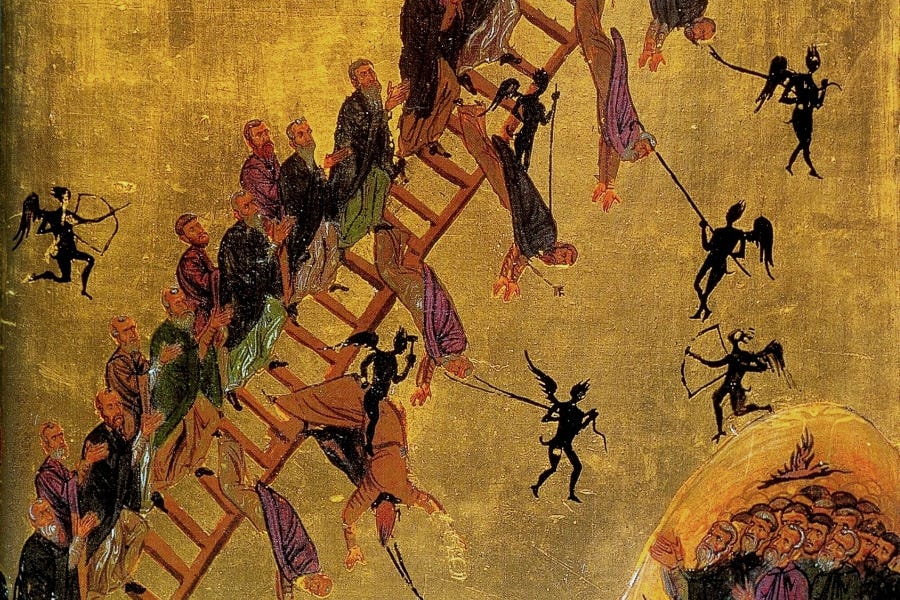Bishop Varden: ‘By climbing we learn to pray’
Bishop Erik Varden on reading ‘The Ladder of Divine Ascent’ in Lent
Pillar subscribers can listen to this story here: The Pillar TL;DR - Bishop Varden: ‘By climbing we learn to pray’
In your garage, you may have an object that has been used by human beings for more than 10,000 years.

Yours is likely made of al…
